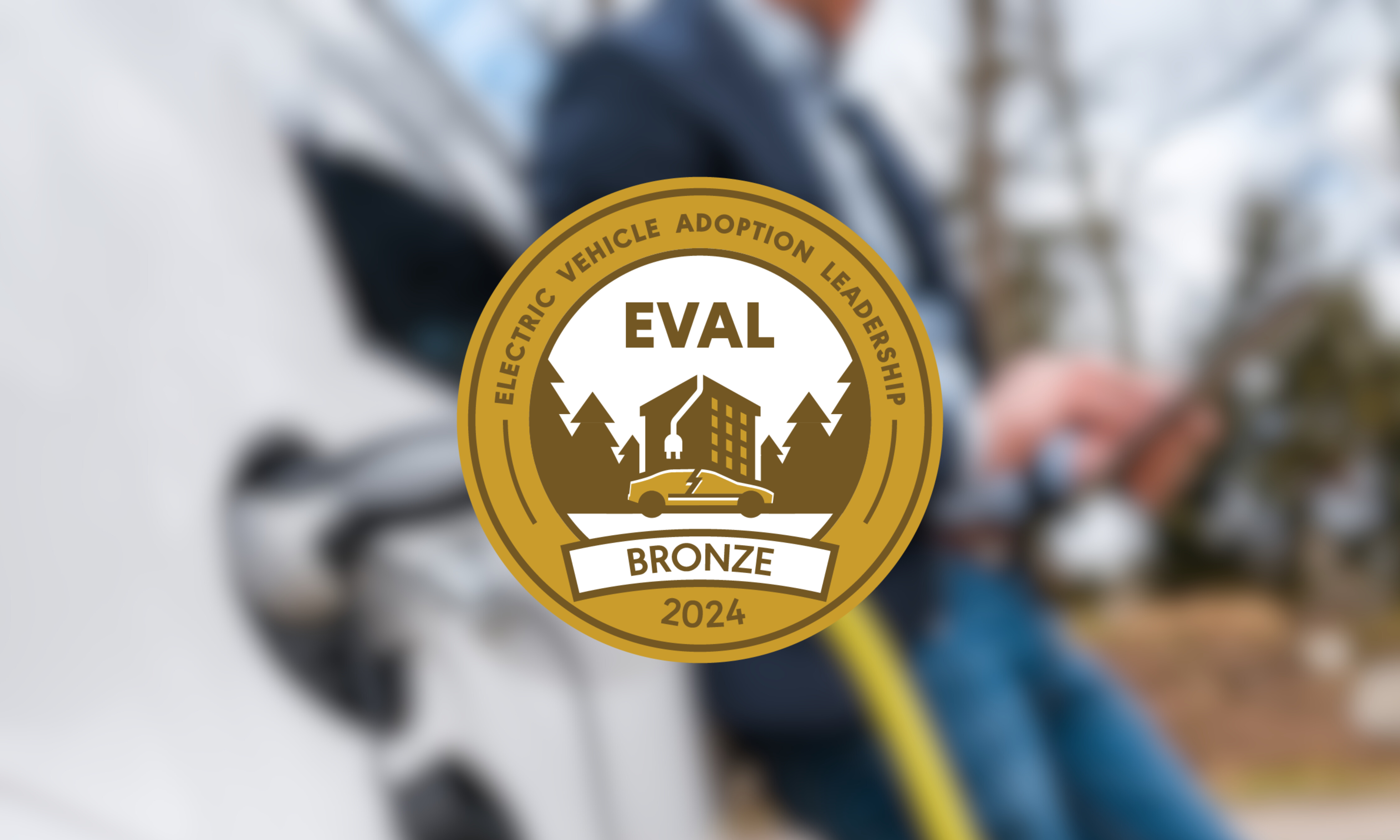Recently, I took a quick trip from Santa Monica down to Cypress, CA. to the headquarters of Mitsubishi USA to visit with David Patterson, Chief Engineer, Mobile Emissions Regulatory Affairs & Certification for Mitsubishi’s R&D division. He is the guy to talk to about their iMiEV the next EV to hit the U.S. market. Kitty Adams of Adopt a Charger a new non-profit that installs sponsored “fee-free” charging stations throughout the U.S. and Canada, had set up the meeting and accompanied me. Mitsubishi installed the first DC fast charger in southern California at their headquarters, and they were interested in talking to us about installing some under the umbrella of Adopt A Charger. We drove up to their beautifully designed 40 kW solar array under which were several Level 1 and Level 2 charge stations used to keep their fleet of iMiEVs charged. In the middle of these stood the refrigerator-sized EATON 480 volt device, an imposing charger to one used to much smaller. After locating someone with a key to unlock the device (they don’t allow unsupervised use) I locked the large connector into the big port on the front of my LEAF.
The display screen was simple enough, just push start and that was it. It started out pushing 380 volts at 120 amps, a lot of power! While we chatted for a few minutes, the amperage dropped gradually as the battery pack filled and by the time we were ready to go to lunch it was down to about 39 amps. We left it charging while we took one of the iMiEVs for a spin to the restaurant. The iMiEV is a great car!
I reported on a right hand version in February, 2010 after getting a loaner for a weekend. This time, we had a production model made for the U.S. market with the steering on the left side. The ride was every bit as good as the first time, maybe a bit quieter. The interior was comfortable although not as richly appointed as the Volt or LEAF, but still very nice. Acceleration was exactly as I remembered it, I’m guessing 0-60 in about 10-11 seconds. There is an “eco mode”, but it’s not the same as that in the LEAF. They have it programmed to increase the regen quite a bit, much more than the LEAF, so I liked that.
Kitty took her turn behind the wheel on the drive back and was similarly impressed. David says that Mitsubishi will be selling these by November(this month) of this year, so they’ll beat the Ford Focus EV to market. Even better is the price. David says they will sell a fully loaded iMiEV for under $30K before incentives. Here in California, that means you could purchase one for under $20K after state and federal incentives. This is great news as it opens up a much larger market for new EVs. I see this as a perfect college car, low cost to buy, very inexpensive to operate, and your kid won’t be driving to Vegas, at least until we get those DC Quick Chargers installed:~)
Upon arrival back at the charger, my LEAF was filled to the 80% level, not full. Apparently, and this was news to me, if you start the fast charge with less than 50% state of charge (SOC), the charger will automatically stop at 80%, but if you start with more than 50% SOC, it will take you all the way to 100%, but slowing down as it gets toward full. This is a software feature in the LEAF, not in the charger. Maybe some of the Nissan engineers who read this blog will tell us the reason for this feature. My preference would be to take it all the way to full, even if it has to go much slower for the last 20%.
